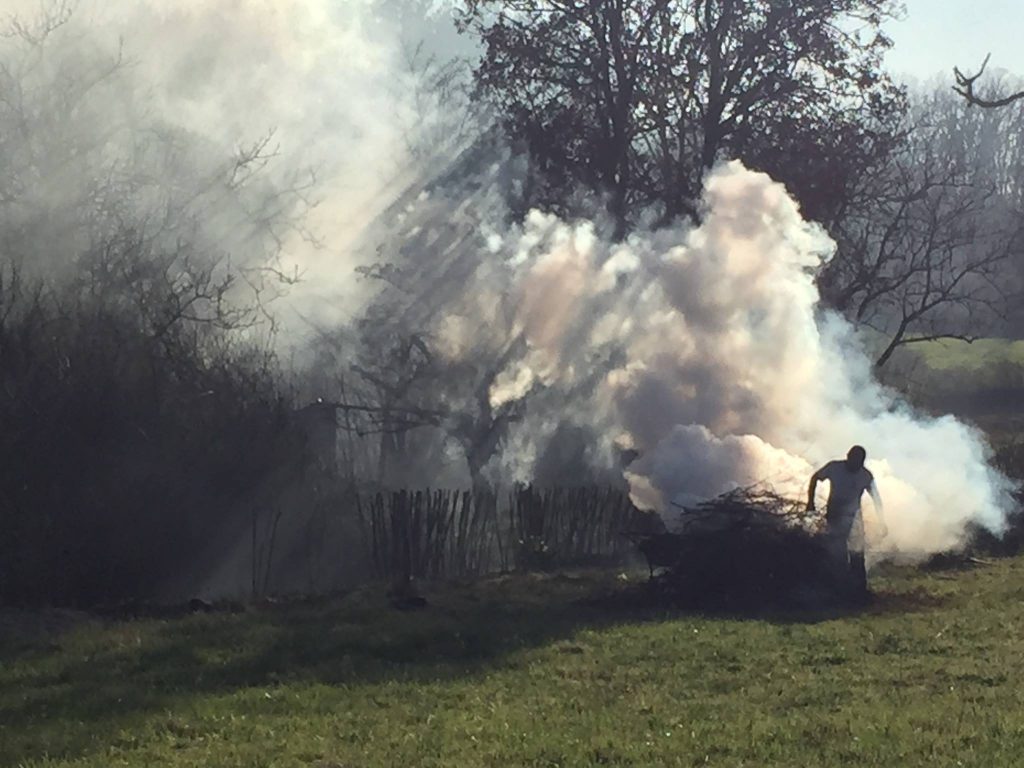Newsletter June 2017

Apprentice Master exhibition #19:
In closeness of matter
Till 11 juni 2017 at TAC, Vonderweg 1, Eindhoven (NL).
Friday June 16,
A Scene #8, in cooperation with Johanna van Overmeir.
On Facebook I announce small events that will take place at a certain location and at a certain moment in the near future. Everybody is invited to be at the exact spot at the exact time to contribute to the scene with his/her own simultaneous activity (or inactivity).

A Scene #8A
On Friday June 16, 2017 I will travel from Dordrecht to Breda by train. At exactly 14:20 CET I will enter the T-Huis, John F. Kennedylaan 15, Breda, (51.59127340000001 4.78122350000001). I will take a seat and order a mint tea and a piece of applepie. I will read my newspaper, drink my tea, eat my pie. At 15:00 I will ask for the bill and pay the waiter. I will then fold my newspaper and walk into the park.
A Scene #8B (by Johanna van Overmeir)
On Friday June 16, 2017 I’ll travel from Antwerp to Breda by train. At exactly 14:20 CET I’ll enter the T-Huis, John F. Kennedylaan 15, Breda, (51.59127340000001 4.78122350000001). I’ll take a seat, order a coffee, a glass of tap water and a piece of cake. I’ll draw in my sketchbook, look at the park, drink my coffee, eat my pie and drink my water. At 3PM I’ll ask the bill and pay the waiter. I’ll close my sketchbook, go to the restroom and walk into the park.
Friday July 21,
Call Again

On Friday 21 July 2017 I will be walking somewhere in the South of France. Call me between 13.00 and 14.00 (CEST). I will not answer your call but instead I will make a photo of what I am looking at on that specific moment. I will then send this photo to the number that showed up on my phone. To you.
My telephone number is:

May 14 was the final day of the installation The Swap in Pictura, Dordrecht.

This summer I will publish a small photo book of the installation. It will cost € 15,-.
The edition will be a 100 copies and every copy will be numbered and signed.
You are of course welcome to choose your own preferred number (if available).
If you want to be notified at the moment of publication, please let me know.
The end of 2017 the book The ParallelShow will be published.
The book is about the now finished project that took place in 2016/2017 in museums and art venues in Rotterdam, London, Valencia, Delphi, Berlin, New York, Leuven, Leiden and Dordrecht.
It will contain articles of the 32 joining artists, photos and some mail-conversations about the core of the project.
When you are interested in this book please let me know and I will keep you informed.

The projects The Swap and The ParallelShow were kindly supported by the City of Dordrecht.







